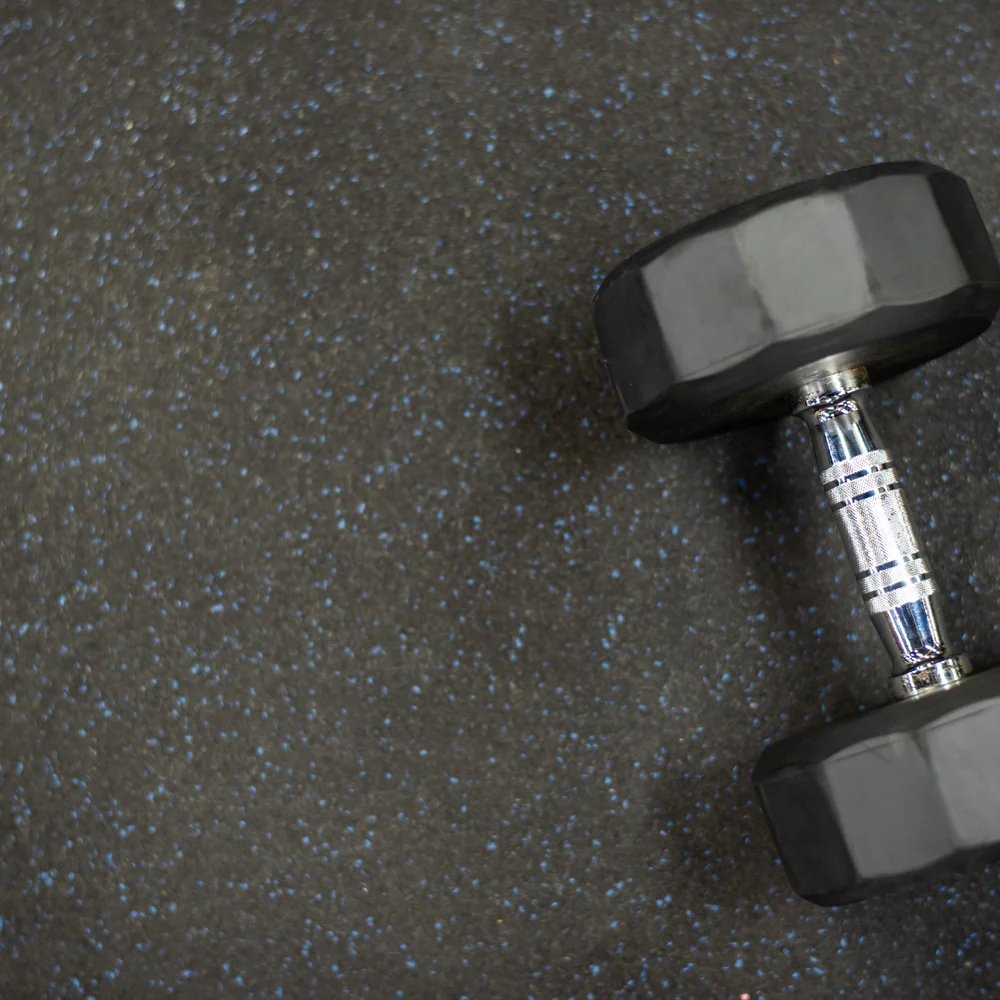Enhancing Commercial Gym Equipment for Better Performance
Commercial gym equipment plays a pivotal role in shaping the fitness industry. From treadmills to weight machines, these pieces of equipment are essential for both gym owners and fitness enthusiasts. However, as technology advances and fitness trends evolve, there's always room for improvement in commercial gym equipment. Here are several ways to make it better:
Integration of Artificial Intelligence (AI):
- Integrating AI into commercial gym equipment can revolutionize the fitness experience. AI algorithms can analyze users' movements in real time, providing instant feedback on form and technique. This feature not only reduces the risk of injury but also helps users maximize the effectiveness of their workouts. Additionally, AI can personalize workout plans based on users' fitness goals and performance, making workouts more efficient and engaging.
Interactive Displays and Virtual Reality (VR) Integration:
- Commercial gym equipment can benefit from interactive displays and VR integration to make workouts more engaging and immersive. Instead of staring at a static screen, users can immerse themselves in virtual environments while exercising, making the experience more enjoyable. Moreover, interactive displays can provide real-time data visualization, such as heart rate, calories burned, and progress tracking, keeping users motivated and focused during their workouts.
Enhanced Connectivity and Data Sharing:
- Improved connectivity features, such as Bluetooth and Wi-Fi connectivity, enable seamless data sharing between gym equipment and users' devices. This allows users to track their workouts, monitor progress, and sync data with fitness apps and wearable devices effortlessly. By leveraging data analytics, gym equipment manufacturers can gain insights into user behavior and preferences, leading to the development of more tailored and effective fitness solutions.
Ergonomic Design and Customization Options:
- Ergonomic design plays a crucial role in ensuring user comfort and safety during workouts. Commercial gym equipment should be adjustable and customizable to accommodate users of different sizes, shapes, and fitness levels. Furthermore, ergonomic design principles should be applied to minimize strain on users' joints and muscles, reducing the risk of injuries and enhancing the overall workout experience.
Incorporation of Renewable Energy Sources:
- As sustainability becomes increasingly important, incorporating renewable energy sources into commercial gym equipment can help reduce carbon footprint and energy costs. For instance, cardio machines could be equipped with energy-generating mechanisms that harness kinetic energy from users' movements to power the equipment. Additionally, solar panels can be installed on gym rooftops to generate clean energy to supplement power usage.
Modular and Upgradable Components:
- Modular design allows for easy maintenance, repair, and upgrades of commercial gym equipment. Components such as screens, sensors, and resistance systems should be modularized, enabling gym owners to replace or upgrade individual parts without replacing the entire machine. This not only extends the lifespan of the equipment but also ensures compatibility with future technological advancements.
Integration of Biometric Sensors and Health Tracking Features:
- Biometric sensors, such as heart rate monitors and blood oxygen sensors, can be integrated into commercial gym equipment to provide real-time health insights to users. By monitoring vital signs during workouts, users can adjust intensity levels accordingly to optimize their performance and prevent overexertion. Moreover, health tracking features can help users identify trends and patterns in their fitness journey, empowering them to make informed decisions about their health and well-being.
Collaboration with Fitness Professionals and Experts:
- Collaboration with fitness professionals and experts can provide valuable insights into the design and functionality of commercial gym equipment. By involving fitness trainers, physical therapists, and sports scientists in the development process, manufacturers can ensure that the equipment meets the diverse needs and requirements of users across different fitness levels and disciplines.
In conclusion, enhancing commercial gym equipment involves incorporating advanced technologies, improving usability and comfort, embracing sustainability, and collaborating with industry experts. By continuously innovating and refining gym equipment, manufacturers can elevate the fitness experience for users and contribute to the overall advancement of the fitness industry.



Comments
Post a Comment